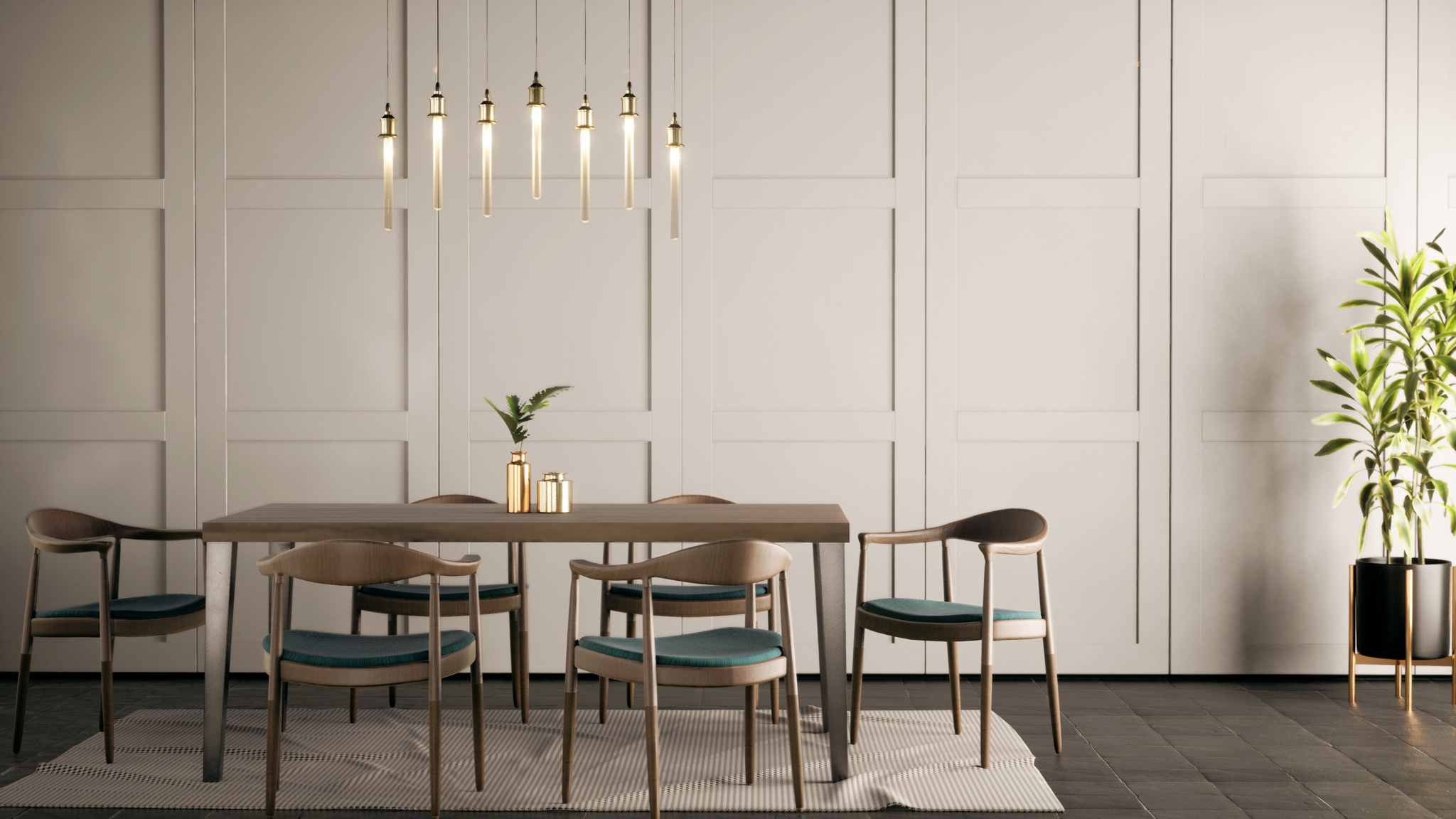When exploring housing options, you might encounter two popular choices: condos and townhouses. Both offer unique benefits and drawbacks, making it essential to understand their differences to choose the best fit for your lifestyle and needs. This article will delve into the critical aspects of condos and townhouses, comparing their features, advantages, and considerations.
What is a Condo?
A condominium, or condo, is a residential property where you own an individual unit within a larger building or complex. Condos typically involve shared walls and common areas, such as hallways, gyms, and pools, collectively owned and maintained by a homeowners’ association (HOA).
Key Features of Condos:
- Ownership Structure: You own the interior of your unit, including the walls, floors, and ceilings, but not the exterior or common areas. Common areas are owned collectively by all unit owners through the HOA.
- Shared Amenities: Condos often have shared amenities, such as swimming pools, fitness centers, and recreational areas. These are maintained by the HOA and available for all residents.
- HOA Fees: Condos usually have HOA fees that cover the cost of maintaining common areas, amenities, and sometimes even utilities. These fees can vary significantly based on the amenities provided.
- Maintenance: Exterior maintenance and repairs are generally handled by the HOA, reducing the responsibility of individual unit owners.
What is a Townhouse?
A townhouse, also known as a townhome, is a type of residential property that shares one or more walls with adjacent units but typically includes more personal space and often has a private entrance. Townhouses are usually part of a row or cluster of similar homes. They may be part of a community with shared amenities.
Key Features of Townhouses:
- Ownership Structure: You own both the interior and exterior of your unit, including the roof, walls, and often a small yard or patio. You may also own the land your townhouse sits on.
- Private Entrance: Townhouses usually have private entrances, giving residents a sense of individual ownership and separation from neighboring units.
- HOA Fees: Townhouses may also have HOA fees, often lower than condos. Fees typically cover the maintenance of common areas, community amenities, and sometimes exterior upkeep.
- Maintenance: Townhouse owners are generally responsible for maintaining their property’s exterior, including the roof and yard. However, the HOA manages common areas.
Comparing Condos and Townhouses
To help you make an informed decision, here’s a comparison of condos and townhouses across various factors:
- Space and Layout
- Condos: Condos tend to have smaller living spaces compared to townhouses. They may feature a single level or multiple levels within a building. Space can be limited, especially in urban settings where condos are more common.
- Townhouses usually offer more space, including multiple floors and sometimes a small yard or patio. They often provide a more traditional home layout, with separate living, dining, and sleeping areas.
- Privacy
- Condos: Privacy can be limited due to shared walls and common areas. You may have neighbors on all sides, including above and below.
- Townhouses: Townhouses generally offer more privacy, with fewer shared walls and a private entrance. The separation between units is often more pronounced, providing a more personal space.
- Maintenance Responsibilities
- Condos: The HOA typically handles exterior maintenance, including landscaping and building repairs. This can be convenient for those who prefer a low-maintenance lifestyle.
- Townhouses: While townhouse owners have more responsibility for exterior maintenance, they also have more control over their property. This includes managing their small yard or patio and maintaining the exterior of their unit.
- Amenities
- Condos: Condos often come with shared amenities, such as pools, fitness centers, and clubhouses. The HOA maintains these amenities, which are available to all residents.
- Townhouses: Townhouses may have fewer amenities than condos, but they often include access to community features like parks or playgrounds. Amenities are usually shared among a smaller group of residents.
- Costs
- Condos: Condo HOA fees can be relatively high, especially in complexes with extensive amenities. These fees cover maintenance of common areas, amenities, and sometimes utilities.
- Townhouses: HOA fees for townhouses are often lower but can vary based on the community’s amenities and services. Homeowners are also responsible for their property’s exterior maintenance, which can add to costs.
- Lifestyle and Community
- Condos: Condos are popular in urban areas where space is premium. They are ideal for individuals or couples seeking a low-maintenance lifestyle with access to shared amenities and community features.
- Townhouses: Townhouses are often found in suburban or semi-urban settings. They are well-suited for families or individuals who prefer more space and privacy, along with the option for a small yard or outdoor area.
Pros and Cons of Condos and Townhouses
Pros of Condos:
- Less responsibility for exterior maintenance and landscaping.
- Access to shared amenities like pools and gyms.
- They are typically located in urban or high-density areas with accessible services and public transportation access.
Cons of Condos:
- Less privacy due to shared walls and common areas.
- Potentially higher HOA fees.
- Limited outdoor space and personal land.
Pros of Townhouses:
- More space and privacy compared to condos.
- Ownership of both the interior and exterior of the property.
- Private entrance and small yard or patio.
Cons of Townhouses:
- More responsibility for exterior maintenance and landscaping.
- HOA fees may still apply, though usually lower than condos.
- Less access to extensive shared amenities.
Conclusion
Choosing between a condo and a townhouse depends on your preferences, lifestyle, and budget. Condos offer a low-maintenance, amenity-rich living experience, ideal for those who value convenience and urban living. Townhouses provide more space and privacy, which is suitable for those who desire a more traditional home layout with some outdoor space. By weighing each option’s features, costs, and benefits, you can make an informed decision that aligns with your needs and lifestyle.









